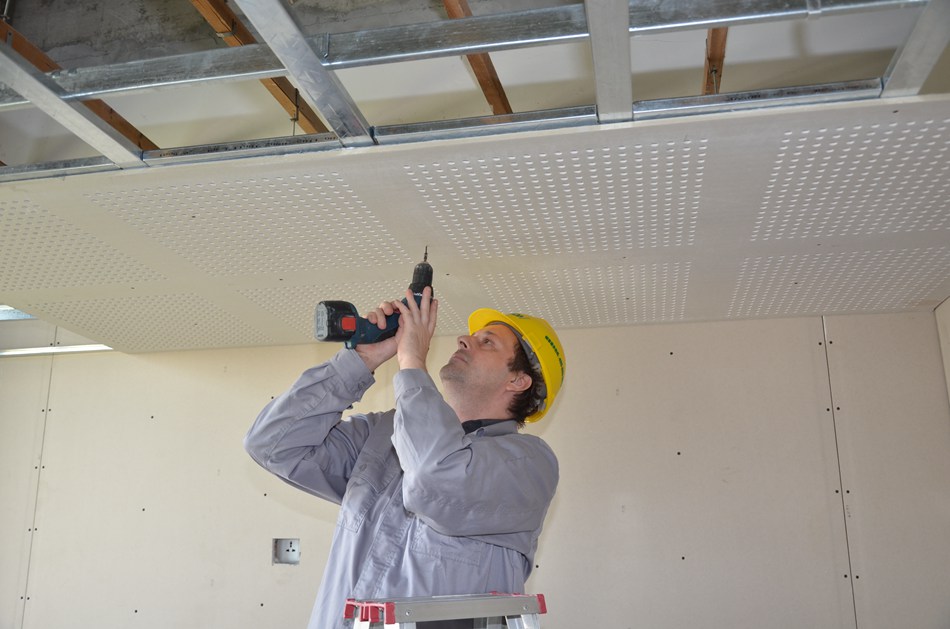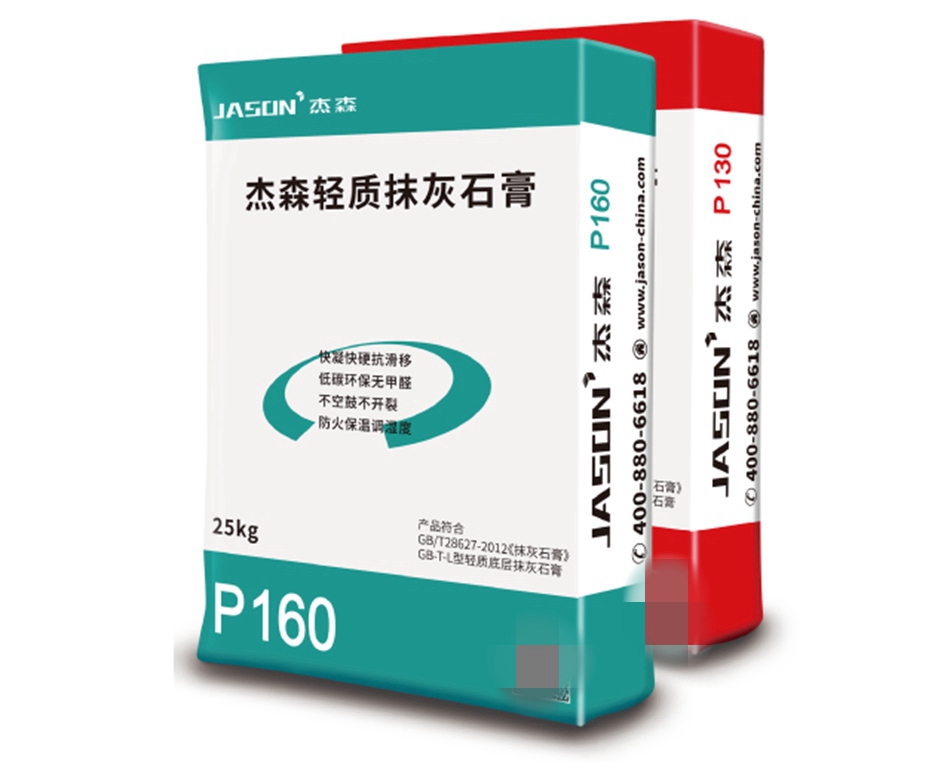- High End Gypsum Board System Solution Provider
Is prefabricated construction becoming mainstream? Discussion on the Application of Gypsum Based Building Materials in Prefabricated Buildings
At the beginning, let me explain what prefabricated building is. As the name suggests, it is a building that transports prefabricated building components and accessories from the factory to the construction site, and is assembled and installed on site through reliable connections. The advantage of this is that it can transfer a large amount of on-site construction work to large-scale assembly line processing and production in the factory, greatly reducing the construction period and labor costs, and achieving the goal of lightweight construction. At the same time, standardized components also greatly reduce the uncertainty of on-site construction, thereby improving building quality. Gypsum based building materials, as a representative of lightweight building materials, are naturally indispensable in prefabricated buildings. Below, Jason Gypsum Board editor will briefly discuss the application of gypsum based building materials in prefabricated buildings.

According to the "Several Opinions on Further Strengthening Urban Planning and Construction Management" issued by the Central Committee of the Communist Party of China and the State Council on February 21, 2016, efforts will be made to achieve a 30% proportion of prefabricated buildings in new construction within about 10 years. Up to now, more than half of the itinerary has already exceeded the target of 30% in first and second tier cities in China. In addition to steel frame components, prefabricated floor slabs, and exterior wall components, 45-75% of the interior building materials used in prefabricated buildings are partition and ceiling materials. As an overall construction requirement for prefabricated buildings, wet operations should be replaced by dry operations as much as possible, and even wet operations should use materials with faster drying processes for construction. In this way, gypsum based building materials have become the best choice due to their inherent characteristics.

Gypsum board partition wall ceiling. Gypsum board, as an interior panel, is made of environmentally friendly desulfurization gypsum, an industrial by-product of power plants. It truly achieves formaldehyde free, benzene free, and phosphorus free performance, which has inherent advantages in environmental protection. At the same time, different gypsum boards that cooperate with production processes can stack various functional BUFFs, such as water-resistant gypsum boards, fire-resistant gypsum boards, high-strength gypsum boards, gypsum based fiber boards, sound-absorbing gypsum boards, and so on; The system formed by combining different types of light steel keel structures and fillers can also achieve different functional requirements for construction applications such as sound insulation and noise prevention, veneer wall veneer ceiling, card type keel ceiling, internal structure shaft system, etc. Its fast installation performance and convenient cutting and installation characteristics fully meet the requirements of prefabricated buildings.

Lightweight plastering gypsum. As both cementitious materials, gypsum based materials have several major advantages compared to cementitious materials: lightweight, fast solidification, sprayability, maintenance free, and no cracking. These advantages are all advocated by prefabricated buildings. As a building material that replaces cement mortar for interior wall plastering, lightweight plastering gypsum can effectively reduce transportation costs and on-site construction labor costs, and its weight is only one-third of the same volume of cement material, greatly reducing the load-bearing capacity of the building structure.

Gypsum based self leveling. At present, the delivery of household residential buildings is mostly full decoration delivery. Therefore, many decoration companies, when undertaking large-scale full decoration projects, combine the characteristics of prefabricated buildings, and also prioritize using gypsum based self leveling as the material for floor leveling. In addition to the inherent advantages of lightweight and fast solidification of gypsum based materials, as a self leveling material, gypsum based self leveling is relatively more environmentally friendly and suitable for the construction of household residences.

In summary, Jason's gypsum board editor has briefly summarized the application and advantages of the main gypsum based materials in prefabricated buildings. I believe that in the near future, gypsum based building materials will be further recognized and loved by a large number of users, and with the proportion of prefabricated buildings in the total building quantity further increasing, more new types of gypsum based building materials will be developed. Jason gypsum board, as a well-known enterprise with research and development capabilities in the industry, also regards research and development as the driving force for its development, constantly exploring and innovating new products. To contribute to the vigorous development of China's building materials industry and maintain its leading position in the world in building materials technology for a long time.
(Some of the images are from the internet. If there is a possibility of infringement, please contact the editor to delete them.)
